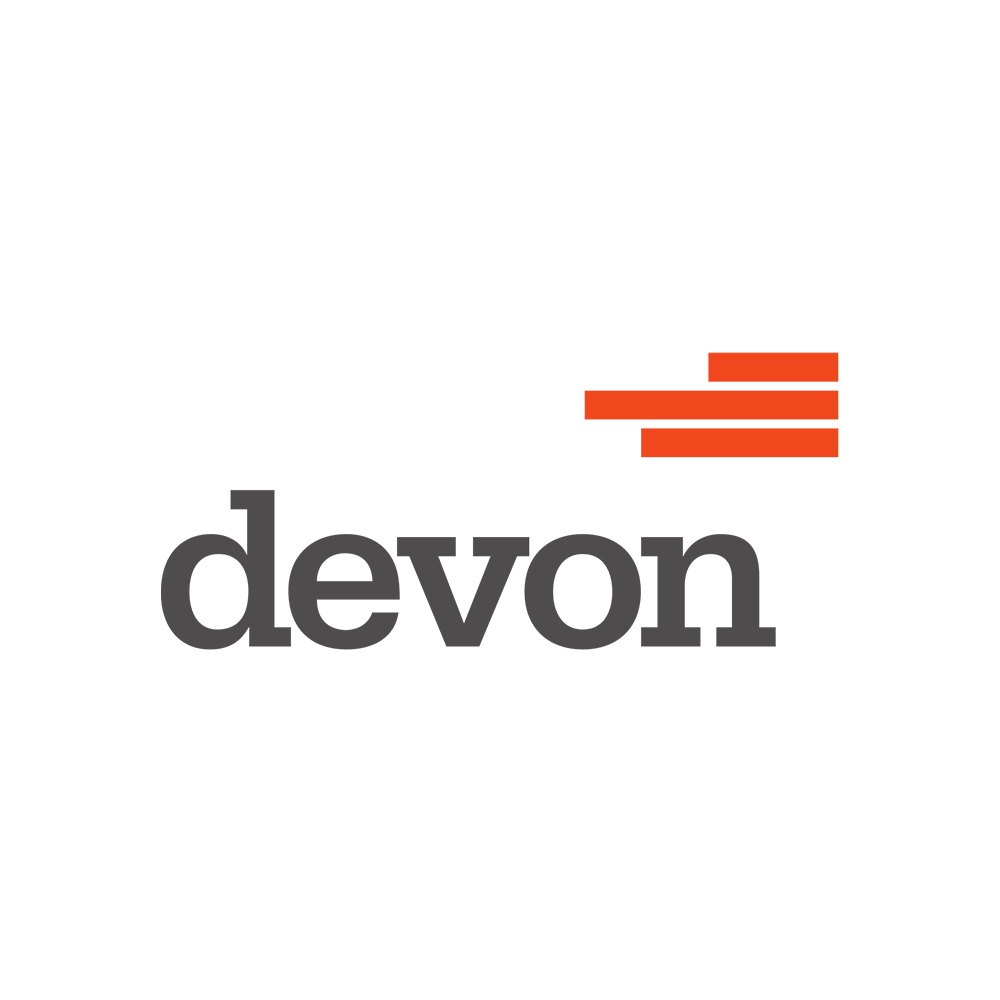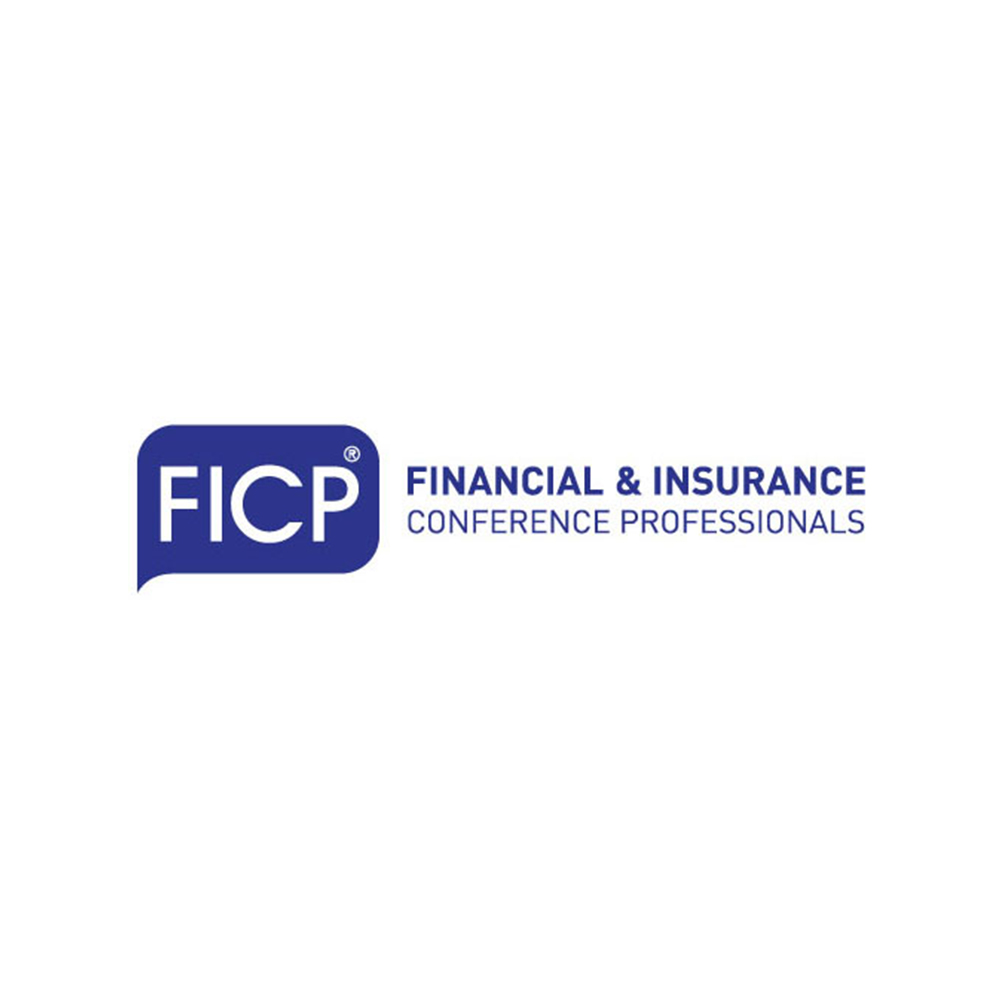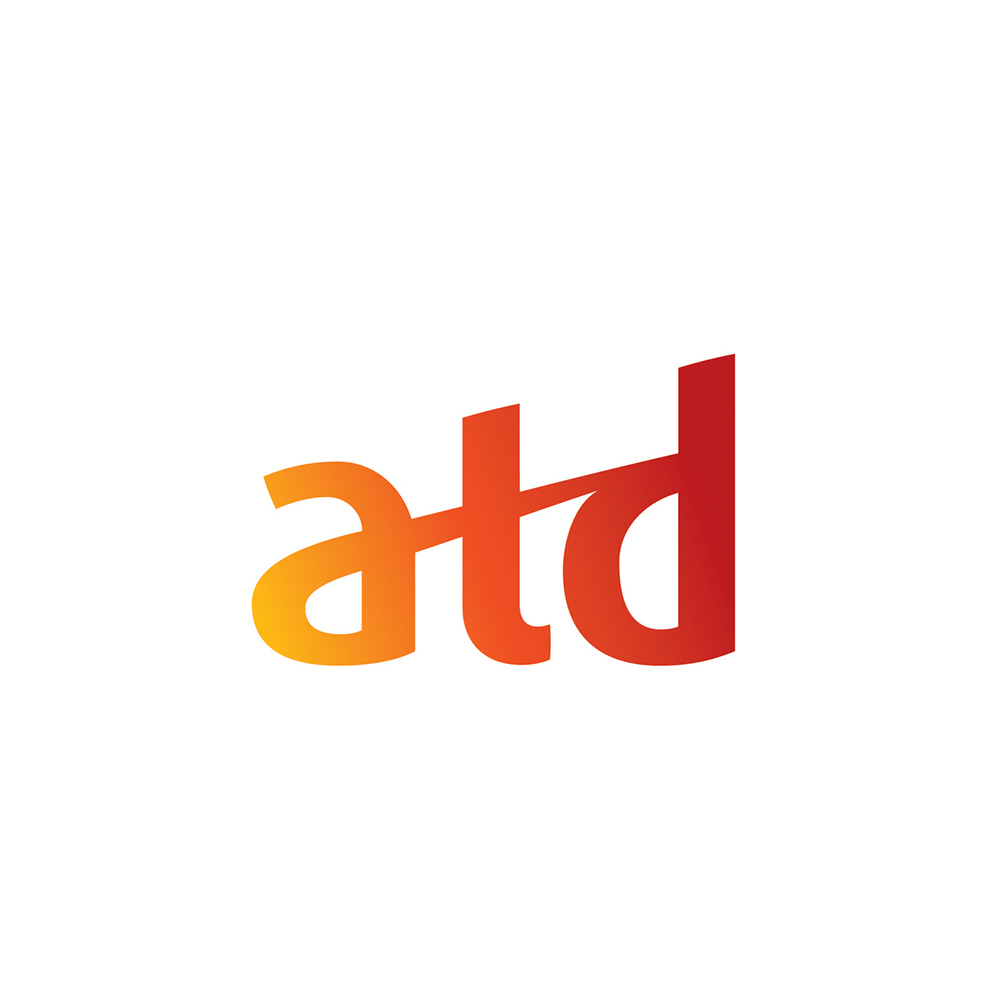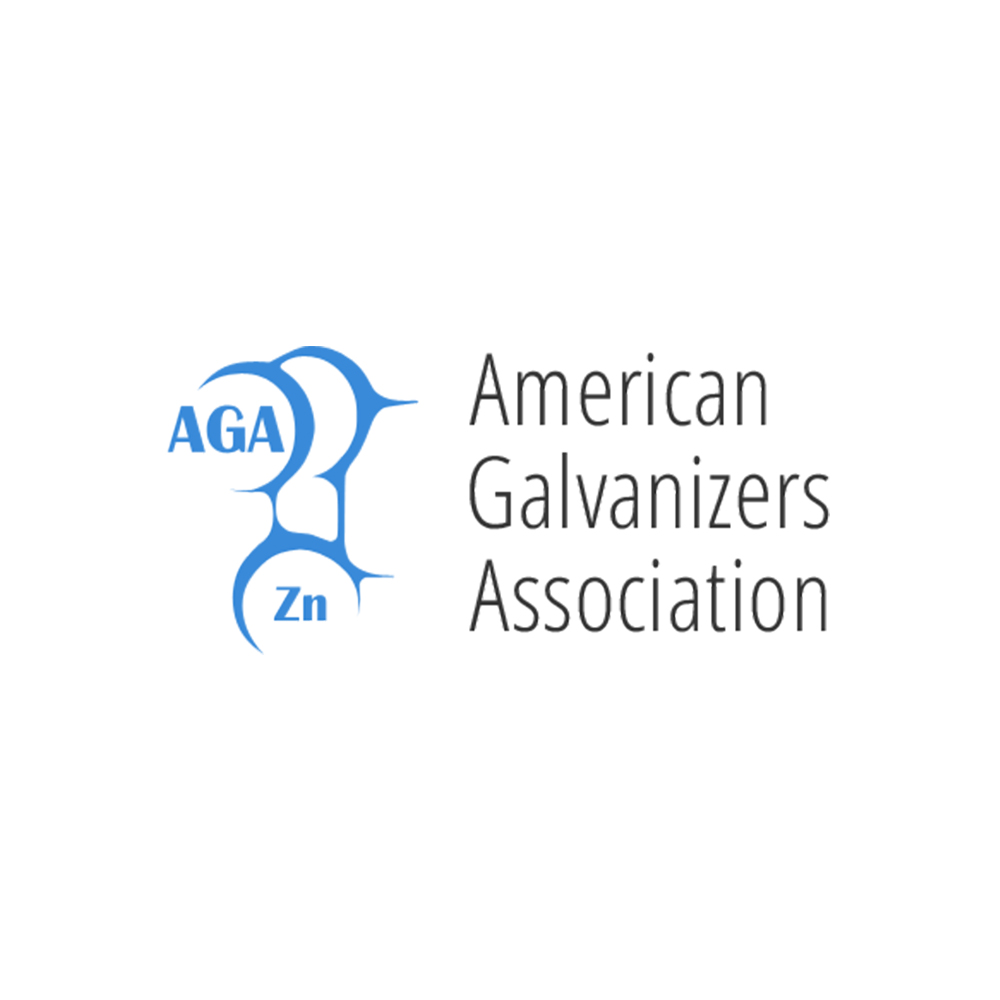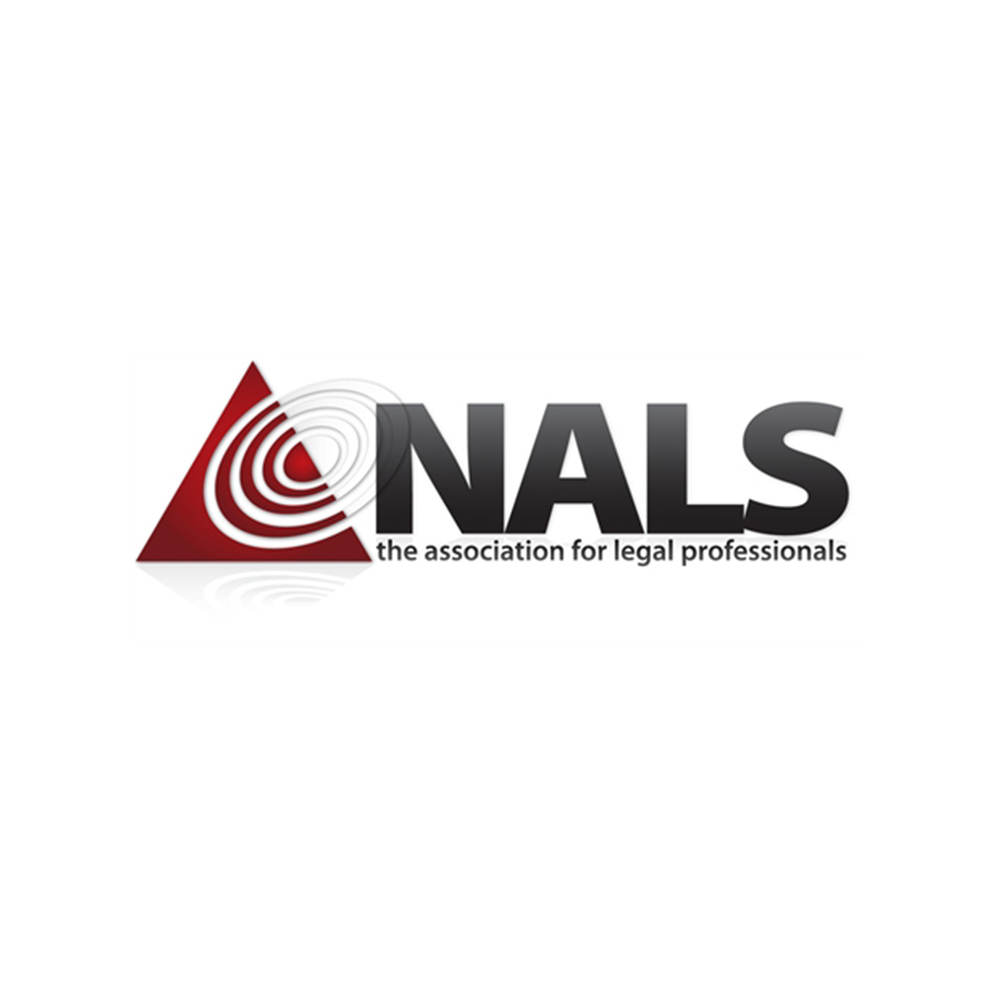Reimagining The Iron Triangle For Bold Projects
From providing clean drinking water around the world to curbing climate change, there are hundreds of bold projects in development that seek to address some of the most daunting challenges we face over the coming decades.

And while the basic tenets of project management apply to these endeavors, bold projects require an equally bold reimagining of project management, beginning with a reimagining of the iron triangle.
The iron triangle (also known as the triple constraint triangle) is useful to help project managers and their teams balance cost, scope, time and quality. Although it has been reimagined over the years to reflect the realities of modern project teams, this basic model has proven useful for decades.
Bold projects, however, are enormously complex, and therefore require us to adjust the triangle as shown.
The Triangles Edge
Vision
As discussed in our previous post, vision is the starting point of the bold project. It ignites the energy, human and capital resources, and establishes the framework that defines project success. Without a strong, clear, and rallying vision, the project may not survive for very long. Vision, however, only initiates the project. Without the rest of the bold triangle, the project remains simply an idea.
Impact
Bold projects make an impact. They change how we live and interact with the world. Impact takes the vision from being an idea to being a great idea. The two work in tandem to provide a measure of success (why we are working on the project?) as well as the scope (what we are working on?). Impact must be simple and yet strong enough to keep people engaged in the effort when challenges present themselves. Impact enables resiliency in the project.
Affinity
Cohesion within the project team is integral to any project’s success, but bold projects require an even deeper sense of engagement: affinity. Affinity means people give of themselves to be a part of the project. Affinity enables a culture of individual ownership and rapport within the team, preserving the vision and creating greater reach as each team member becomes a project advocate.
Inside the Triangle
If vision, impact, and affinity frame bold projects, then value, collaboration, and adaptation are what keeps them alive, and risk is what keeps them in balance.
Value
The vision must be supported by clear, substantive value that both resonates personally and proves to be sustainable. From the top down, the project team owns the delivery of this value. They connect with it individually and can communicate it with clarity.
Collaboration
Successful bold projects allow for collaboration across small, highly talented, multi-disciplinary teams. These teams are given ownership of their work from concept to completion. And while strong egos, ideas, and opinions can exist and thrive in these efforts, the shared purpose created by the vision and impact reduces the typically destructive effects that can occur when strong personalities work together in creative efforts.
Adaption
When bold teams operate with this sense of ownership, it provides a platform for open sourcing ideas and solutions. Iterative improvements in process or technologies allow project teams to continually reinvent themselves and capitalize on new technologies. Adaptive agility allows for these bold teams to readily overcome risks, challenges, and changes as they occur.
Risk
Bold projects make waves. As a result, these projects face bold challenges. To combat these unique challenges, team leaders should create adaptive risk management plans with integrated contingencies that account for the impending risks and obstacles that will inevitably occur. Factoring in these assumed failures—and not allowing them to derail or demoralize the team—will minimize the impact of these failures when they do materialize and bolster success.
Challenges and Pitfalls
Each component of the Bold Triangle is equally significant for success. Without just one of the elements, bold projects may falter. Without affinity, project teams lack the cohesion required to incite passion, foster individual ownership, and cultivate innovation. When the vision is constrained, the project lacks the framework required to translate an idea into execution. Failing to account for risks can cripple a project and thwart adaptation.
Want to know more about what it takes to execute bold projects? Check out our first post in the series, Building the Vision for Bold Projects.




